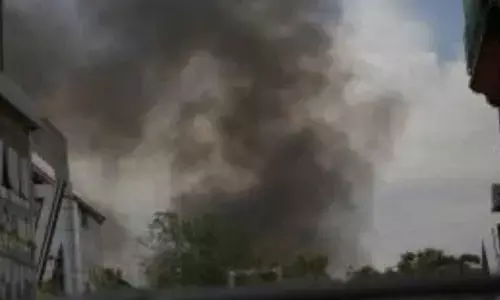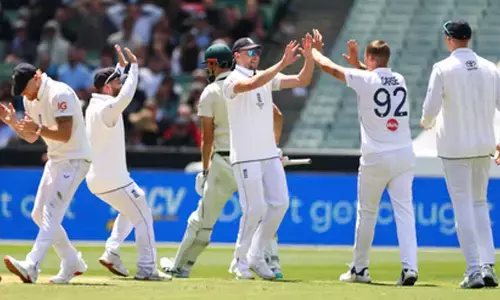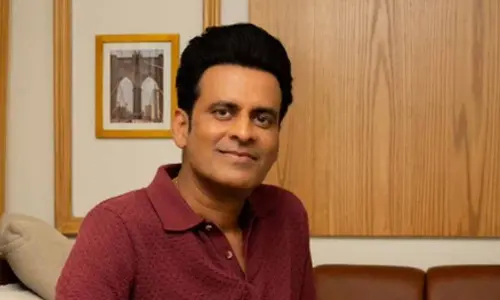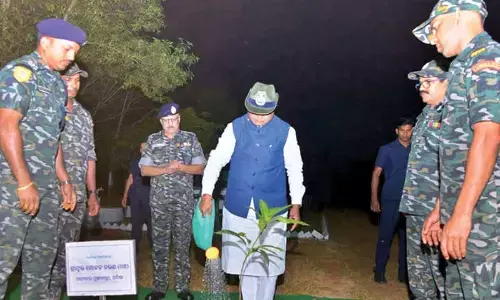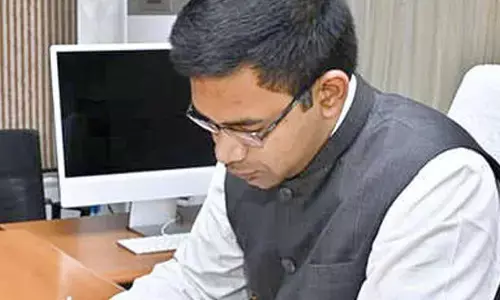The low high of it

From Independence in 1947 to present, Indo-US relations have been on an up-and-down trajectory.While the seeds of distrust sown during the Cold War era and India\'s testing of nuclear weapons have seen bilateral ties plunge to new lows, the recent Indo-US civil nuclear deal saw relations surge to new heights
From Independence in 1947 to present, Indo-US relations have been on an up-and-down trajectory. While the seeds of distrust sown during the Cold War era and India's testing of nuclear weapons have seen bilateral ties plunge to new lows, the recent Indo-US civil nuclear deal saw relations surge to new heights
Post Independence, India and the US mostly shared cold ties until the end of the Cold War. The US was seen tilting more towards Pakistan and India, on the other hand, proclaimed to remain non-aligned. With the US and the USSR being two superpowers, India led the third block of NAM (Non-Aligned Movement) countries. However, the thorny relationship was not because of India joining the NAM, but due to its closeness to the Soviet Union despite being non-aligned.
There were many events that ensured the ties never took off for several years after India gained Independence.
India had rejected American mediation in resolving the Kashmir dispute with Pakistan that started immediately after Independence. Further, India refused to follow American diktat not to recognise the 'Communist China'. This despite the fact that the US assisted India with loans and free food in the immediate period after Independence, to cope with an economy exploited for decades by the British Raj.
.jpg) Dwight D Eisenhower became the first US President to visit India, in 1959, to take bilateral ties forward. He, among other things, assured India that the US would stand by the South Asian nation against Chinese Communist aggression. Part of the US strategy to protect India against China was to counter the rise of the Dragon as a third superpower. The US saw in India a strategic partner during the regime of John F Kennedy. He famously said, "Chinese Communists have been moving ahead the last 10 years. India has been making some progress, but if India does not succeed with her 450 million people, if she can't make freedom work, then people around the world are going to determine, particularly in the underdeveloped world, that the only way they can develop their resources is through the Communist system."
Dwight D Eisenhower became the first US President to visit India, in 1959, to take bilateral ties forward. He, among other things, assured India that the US would stand by the South Asian nation against Chinese Communist aggression. Part of the US strategy to protect India against China was to counter the rise of the Dragon as a third superpower. The US saw in India a strategic partner during the regime of John F Kennedy. He famously said, "Chinese Communists have been moving ahead the last 10 years. India has been making some progress, but if India does not succeed with her 450 million people, if she can't make freedom work, then people around the world are going to determine, particularly in the underdeveloped world, that the only way they can develop their resources is through the Communist system."
The US stood by India during the 1962 India-China war, which the South Asian nation eventually lost. The US dubbed China's action as "blatant Chinese Communist aggression against India" and helped the country with arms and ammunition, and civilian supplies. According to one account, the Kennedy administration even mulled using nuclear weapons against China in the event of another war.
.jpg) However, the assassination of President Kennedy in 1963 changed the trajectory of US outlook towards India. Under President Richard Nixon's period, the ties reversed and hit a new low when the US backed Pakistan during the 1971 war.
However, the assassination of President Kennedy in 1963 changed the trajectory of US outlook towards India. Under President Richard Nixon's period, the ties reversed and hit a new low when the US backed Pakistan during the 1971 war.
The Nixon administration had been helping India's foe by aiding it militarily and economically, and during the 1971 war indirectly threatened India by deploying aircraft carrier USS Enterprise in the Bay of Bengal. While Nixon's ties with Prime Minister Indira Gandhi were nothing to talk about, India's decision to test a nuclear weapon at Pokhran in 1974 further worsened relations. Also, India significantly shifted from its stance of non-alignment and inked a Treaty of Friendship and Cooperation with the USSR, irritating the US government.
Ties between the two nations improved under the stewardship of President Jimmy Carter and Prime Minister Morarji Desai, whose government was anti-Soviet Union. Carter even made a state visit to India. However, the former later banned export of nuclear material to India due to the latter's non-proliferation record.
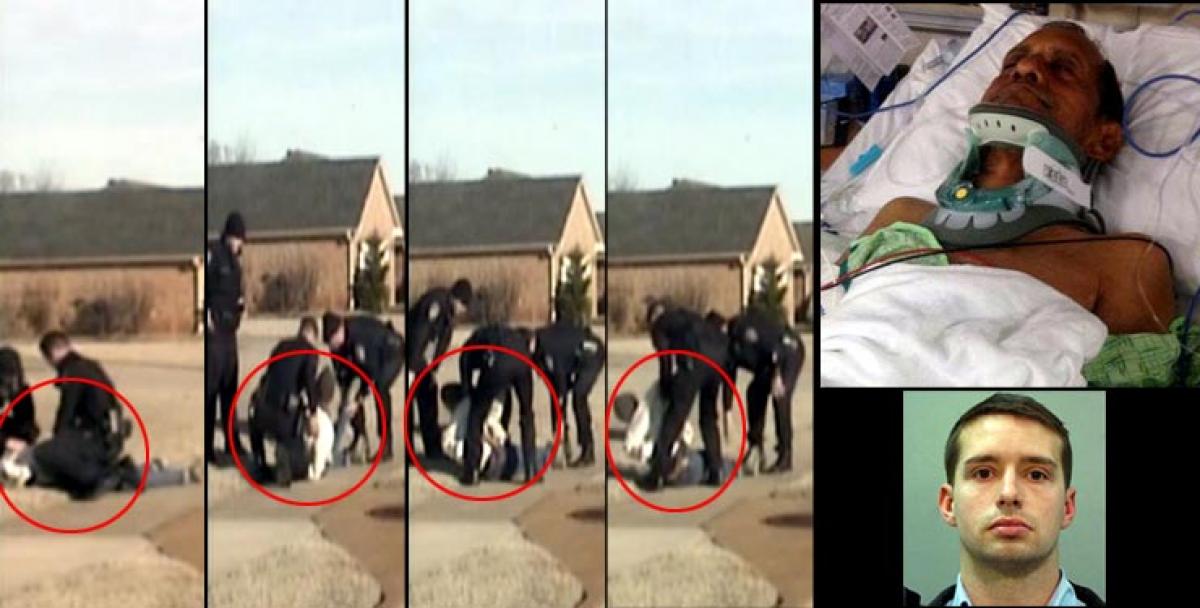
Relations improved further when Indira Gandhi came back to power in 1980. The Soviet Union had invaded and occupied Afghanistan, and this tilted India towards the United States. Under PM Indira Gandhi and President Ronald Reagan, India and the US increased cooperation in the field of defence technology and military equipment. India placed orders for F-5 aircraft, super computers etc, and the US, in 1984, agreed to share technology to help India build naval frigates and an indigenous light combat aircraft. Much of the technology transfer never made it to the press, it is said.
 However, the same year witnessed the assassination of Indira Gandhi and the Bhopal toxic gas leak that killed thousands. US-based Union Carbide's pesticide plant in Bhopal was involved and India's effort to seek extradition of the firm's chief executive proved futile. This hurt the bilateral ties to an extent.
However, the same year witnessed the assassination of Indira Gandhi and the Bhopal toxic gas leak that killed thousands. US-based Union Carbide's pesticide plant in Bhopal was involved and India's effort to seek extradition of the firm's chief executive proved futile. This hurt the bilateral ties to an extent.
Post Cold War
Under the prime ministership of PV Narasimha Rao, India unleashed sweeping economic reforms with Finance Minister Manmohan Singh in driver's seat. The measures, in the years to come, transformed the Indian economy while opening it to globalisation benefits. The reforms also helped strengthen the economic cooperation with the US and the rest of the world. Till 1998, both the countries made mutual efforts to improve bilateral relationship.
 However, in May, 1998, the decision of Prime Minister Atal Bihari Vajpayee's government to conduct nuclear tests at Pokhran saw the ties with the US return to a new low. Pakistan responded with its own nuke tests in the same month.
However, in May, 1998, the decision of Prime Minister Atal Bihari Vajpayee's government to conduct nuclear tests at Pokhran saw the ties with the US return to a new low. Pakistan responded with its own nuke tests in the same month.
And, amid fears of a regional nuclear arms race, the US and other western countries, including Japan, slapped wide-ranging sanctions against India. President Bill Clinton even recalled the US ambassador to India.
The sanctions, mostly economic, however failed to hurt India in the wake of a surging domestic economy. In less than two years of the N-tests, the sanctions were lifted and President Clinton made a visit to India in March, 2000. The visit saw many agreements being signed, including on the establishment of an Indo-US Science & Technology Forum. In the 1999 Kargil war, the US supported India's response and pressured Pakistan to withdraw its troops from the Indian territory across the Line of Control.
Post September 11, 2001 attacks in the US and December 13 terror strike on the Indian Parliament in the same year, the two countries decided to collaborate closely in the global war against terror; though, America's greater reliance on Pakistan to counter terrorist forces in neighbouring Afghanistan continued to remain a sticking point.
On other fronts, India and the US inked an Open Skies Agreement in April 2005 to boost trade, tourism and business. India also placed an order of 68 US Boeing aircraft for Air India at a cost of US $8 billion.
 The personal rapport shared by Prime Minister Manmohan Singh and President George W Bush ensured the ties remained on an upward trajectory.
The personal rapport shared by Prime Minister Manmohan Singh and President George W Bush ensured the ties remained on an upward trajectory.
In 2005, the two countries inked the New Framework for the US-India Defence Relationship identifying priorities for cooperation in maritime security, humanitarian assistance and counter-terrorism. The agreement also gave a fillip to joint military exercises between the armed forces of the two countries.
Landmark Moment
The landmark moment came on July 18, 2005 when India and the US signed the Civil Nuclear Cooperation Initiative - a deal that lifted the US moratorium on nuclear trade with India and ended the nuclear apartheid against the rising South Asian giant. As part of the landmark deal, India agreed to separate its civil and military nuclear facilities, while allowing IAEA inspection of the power-generation facilities. India is the only country in the world which is not part of the NPT-CTBT regime but is allowed to participate in nuclear trade. It is another matter though that India's nuclear liability bill has held up progress on bilateral cooperation in the field.
Meanwhile, President Bush visited India in March 2006 to hold further talks on the civil nuclear deal and also give a push to defence and economic ties. The improved relationship between the two countries was highlighted once again when US agencies cooperated very closely with their Indian counterparts in the aftermath of 26/11 Mumbai terror attacks.
The ties, however, witnessed a dip after Barack Obama came to power in the United States in November, 2009. Even though Obama hosted PM Manmohan Singh for a state dinner as his first international guest, the ties have failed to get the much-needed boost under his regime unlike President Bush's tenure.
The two countries, however, have launched the India-US Economic and Financial Partnership and the India-US Strategic Dialogue under Obama's watch with the President describing the relationship as “a defining partnership in the twenty-first century”. Former Secretary of State Hillary Clinton appreciated India as “an indispensable partner”. And a year later, when President Obama visited India, he supported India's bid for a seat on the UN Security Council and signed trade deals worth US $15 billion. But, his administration's move to curb US H1B visas and outsourcing of jobs to the developing world, particularly India, did not go down well with the IT industry and the government here.
The ties also sustained a hit in the aftermath of Indian diplomat Devyani Khobragade's arrest on maid exploitation charges.
Though a favourable resolution of the row helped put the dark chapter behind, another roadblock emerged in the form of US spying scandal, but the same has had little impact on bilateral relations.
 Prime Minister Narendra Modi is at the helm of affairs now and he is looking to push forward bilateral ties during his visit to the United States later this month. A successful trip is expected to undo the damage done by a visa ban on him as chief minister of Gujarat, over his alleged role in the 2002 post-Godhra riots. PM Modi and President Obama would look to strengthen bilateral ties, enhance cooperation and agree on technology transfer as India seeks to become a developed nation in the 21st century.
Prime Minister Narendra Modi is at the helm of affairs now and he is looking to push forward bilateral ties during his visit to the United States later this month. A successful trip is expected to undo the damage done by a visa ban on him as chief minister of Gujarat, over his alleged role in the 2002 post-Godhra riots. PM Modi and President Obama would look to strengthen bilateral ties, enhance cooperation and agree on technology transfer as India seeks to become a developed nation in the 21st century.









